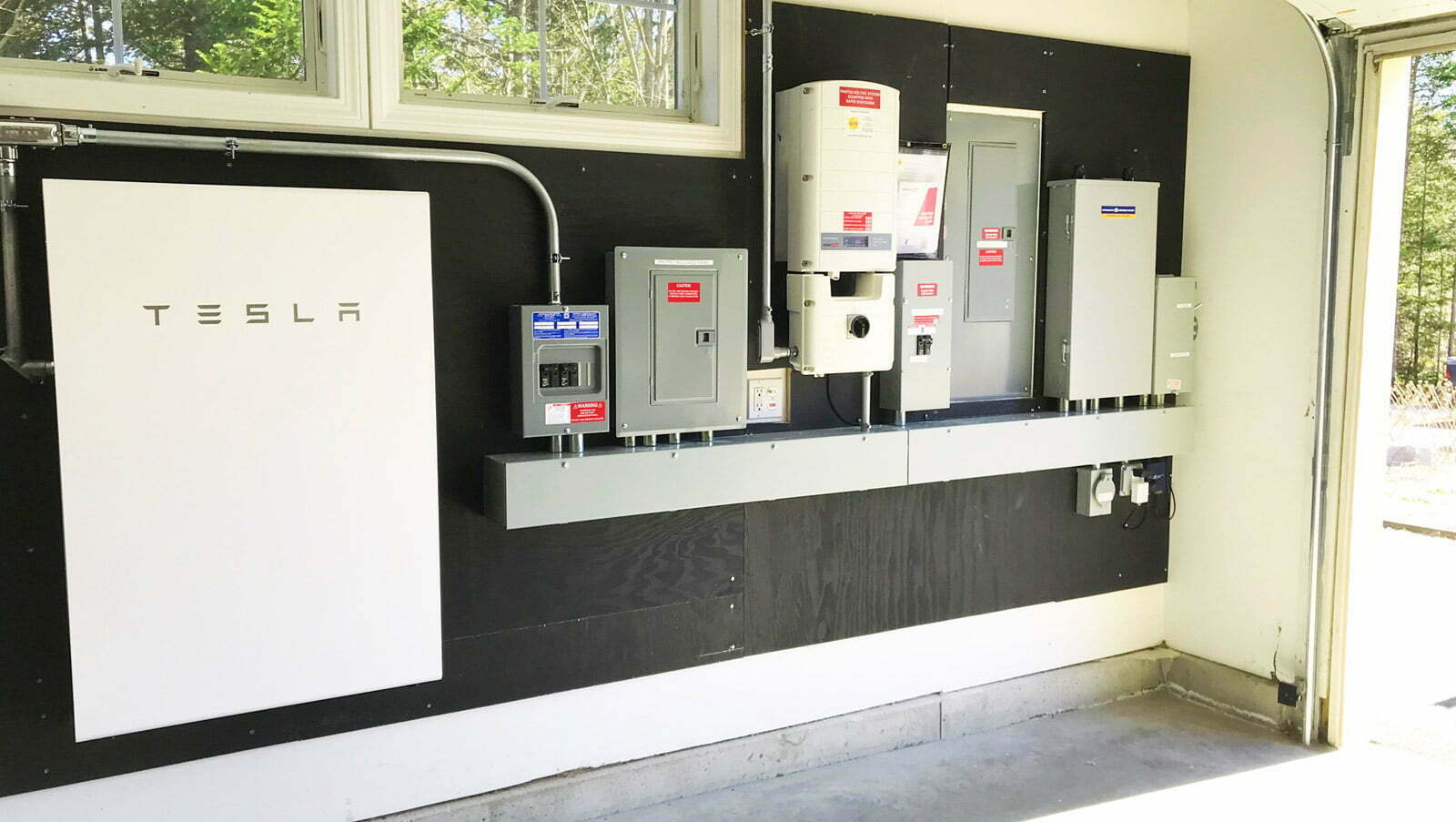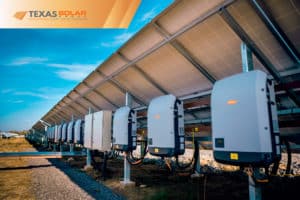Guide to Circuit Breaker Panels in your Home
The circuit breaker in your home serves two important purposes. It is a conduit for power to flow through your house to the circuits that provide electric power to areas that require it. Circuit breakers cut off electrical power flow when there’s danger. They also protect the circuits. We’ll be discussing the function of circuit breaker panels and the time when you may want to upgrade or replace them.
It’s unlikely that you think of this particular component very often, but it’s one of the most crucial components of your home’s electrical system. It’s referred to as a circuit breaker box or the breaker box.
It is vital because the majority of electricity used in your home flows through it and those circuit breakers. If it’s correctly configured then you’ll never think twice about it.
If the equipment isn’t sufficient It could be extremely inconvenient or even create safety issues for your home.
This article will provide an explanation of the definition of an electrical panel and how it works. We’ll also go over some of the reasons to have the main panel for your breaker to be inspected by a qualified electrician of Texas Solar Group. Let’s begin by understanding the fundamentals of a circuit breaker box.
What is a breaker panel and how does it work?
The circuit breaker box connects the electrical grid that is outside your residence to wiring within. It is the primary service panel that controls all electrical outlets and lighting, heating and other devices.
The service drop is a way through which power is brought into the breaker box through the outside. This could come from power poles or buried power lines. This electricity is then distributed through branch circuits to provide power to your home.
You should also be familiar with other names
“Breaker panel” is a name that refers to the circuit breakers which supply electricity to the branches that originate to the panel. It can also be referred to by a variety different names. It could also be referred to as the circuit breaker, breaker box or electrical panel. It functions in the same way no matter what name it is.
How it works
Circuit breakers are vital security devices that shut off branch circuits if they sense an overload. This is the reason you may have observed a circuit interrupter that is tripping (shutting down) after plugging in several appliances in your kitchen.
The fuse box is an older version in the event that you’re older and reside in an older residence. Fuse boxes’ primary function was to protect your branch circuits from overloads. But, a fuse that has blown must be replaced in order to restore power to the circuit. Circuit breakers can be reset by turning the switch.
Capacity of the breaker box
Amperage capacity is probably the most crucial figure to learn about your panel. It is also known as amps. (or amps) is a measurement of how much electricity is used. The capacity of amperage in the breaker panel in your home has increased as homes get bigger and more electrical appliances are being used. Although circuit breaker panels with 200 amps are standard nowadays there are panels or fuse boxes with ratings as low as 60 amps in homes built prior to the 1960s.
Where can I find my main fuse box?
It is possible that you are uncertain about where your breaker panel is in case you’ve never used it. There are several common locations.
Garages are often found in common areas. They’re usually positioned against an exterior wall, in which power is supplied through the service drop.
It’s not uncommon to locate the panel for a breaker in a basement, if there’s a buried powerline.
Another place that’s not common for single-family homes but may be more common in a townhouse or duplex is on the lower levels of hallways, in the pantry in the kitchen or in an utility closet.
An exterior wall is a less common spot which you may find in older homes.
A look inside your electrical panel
Let’s get through the panel by opening it up.
It is impossible to see what you don’t know.
The primary breaker panel can be found inside the box. There are some switches. Below that is the ground and hot bus bars. Every single switch is equipped with ground and powered wires connected to it.
Main switch
The panel’s top will be equipped with one switch. This is your main breaker. This will turn off the power supply to your home.
Individual circuit switches
Two rows of numbers is the initial thing that you notice when you open the panel’s door. These constitute your circuit breakers. Each one is responsible for the home’s circuit. The circuit breakers should be set to ON to allow power to flow through them. This circuit is cut off when the switch is turned off.
A piece of paper with the information for the number can be found within the door’s door panel. The card could read “1 Kitchen Outlets.” It is possible to turn the switch on or off to shut off power to your kitchen outlets.
It is common that the card is difficult to read or badly written. It’s best to spend some time with another person to go over the controls of the switch and ensure that the card is legible and accurate. This will allow you to understand how to shut off the power supply to circuits, for instance, if you have to change an outlet or wall switch.
Switches with single-pole or double-pole poles
Your panel can have two kinds of circuit breakers.
- Single-pole breakers are described as single switches having an amperage of between 15 and 20 amps. These switches are common in household circuits with 120 volts.
- Double-pole breaker refers to the double switch that has two switches linked. These are designed to handle more than 240 V, and come with greater amperage ratings. They can be connected to high-voltage circuits such as water heaters, furnaces and air conditioning.
The sub panel
It is possible to find an additional panel next to your main box in certain cases. There may be an outbuilding that you need to operate on a separate system or because you have modified the electrical system of your home. If a backup generator is connected to the home’s electric system, then a sub-panel could be employed.
The size that you need
You might find an article on the rating of breaker panels when you read about panel upgrades and breakers panels. The most common ratings discussed being 100-amp and 200-amp. These ratings indicate the power of the electrical panel.
100-amp
200-amp
They are a standard feature for new construction and can be utilized for a typical electrical requirement. You may need a larger panel box if your house requires more power or is big.
250-amp
These panels are useful for large homes that have many electrical requirements in particular if the electricity is used to heat the home. You might need to upgrade your panel to a 250-amp or larger model if you’re upgrading the electrical system within your home for an addition, workshop, or outbuilding.
Signs your current panel is not up to the job
You’ve probably experienced the circuit breaker go off if you’re like most people. It’s time to turn off your blender, reset the breaker and get on with your life. This is an illustration of the power panel’s ability to fulfill its duties. If it’s not an issue frequently, you don’t have anything to be concerned about.
There are instances that it’s not working. These indicators could mean an indication that the panel may be overloading or is not working properly. Let’s look at some of them.
Frequent breaker tripping
A circuit breaker malfunction shouldn’t be cause for alarm. If one or more circuit breakers at your house need to be reset often it could be problems. Sometimes, the issue could be solved by changing it to a model of higher amperage. But, it’s best to talk to an electrician to ensure the possibility of this.
Still aren’t using a fuse box
It’s time to upgrade your fuse box, especially if you live in an older residence. Circuit breakers are safer and easier to use than traditional fuse boxes. It’s also a good idea to have an electrical contractor conduct a thorough inspection of the electrical components of your home.
There are black stains , or burnt areas.
It is imperative to have your panel box examined if you observe this. You may have a short circuit inside your panel box or faulty wiring. Home fires are often caused by electrical problems. Don’t fall victim to these problems.
There are burning smells
This could be an indication that your panel’s electrical is defective or contains hot wires. It is important to have it checked right away.
The wire appears to have been burned
Your circuit breakers are responsible for preventing excess current from entering the circuits of your home. The circuit breakers might not be working properly if wiring is melting or overheating. It is recommended to have them checked immediately.
Surfaces that are hot or making hissing sound
An electrical system that is properly operating should be silent and free of excessive heat. These danger signs should be immediately reported to appropriate authorities.
Flickering or dimming lights
The signs are indicative of an unbalanced flow of power through your electrical panel. This could happen if the wiring or individual circuit breakers within the panel aren’t in good condition.
In all of these cases, it is imperative that you contact Texas Solar Group‘s certified, expert electricians as soon as you can to resolve the issue.
What are the reasons to upgrade your home’s electric panel?
Aside from safety concerns that are caused by a malfunctioning or old breaker panel there are many other great reasons. Also, a replacement breaker panel installation can solve serious problems. Let’s look at some of the reasons why new electrical panels are typically installed.
Your current panel is outdated or in a position to meet your needs.
This issue has been discussed before. Upgrade your home if it has a fuse box , or you are unable to handle the electricity in your home. If your fuse box is more old than you thought, there’s an excellent reason to upgrade.
It is possible that you are running circuits overloaded or having excessive extension cables and power strips. The system you have is in need of a major overhaul starting with the circuit breaker panel.
You are adding a generator to your home
For you to connect a home generator to your house and to use it in a safe manner, you’ll require new wiring and an additional panel. The sub-panel will have separate electrical circuits for the generator to be connected and make sure that it operates safely.
You can improve your house by adding on
Are you thinking of adding another room to your house or have you already done it? Congratulations! Don’t forget to remember that you’ll also use more energy due to the increased square footage.
Make sure you get your panel inspected to determine if it is required to be resized to increase the capacity of electricity or accommodate more circuit breakers to run this new wire.
You’re building a separate home office
There’s a chance that you’ve significantly more electrical requirements in the event that you’ve set up an office in your home. If you want to determine if your panel needs to be replaced or improved, it’s a recommended to contact an electrician.
A separate in-law suite is currently in the making
An in-law suite may be the perfect solution to your family’s requirements. But, if you intend to add a separate heating and cooling system to your suite using a multi-split technology, make sure your electrical system is able to handle the extra power requirements.
Upgrade to an electric vehicle charging station
Electricity may be the future of transportation. It is still necessary to charge your new EV. The fastest way to do it at your home to utilize a Level 2 charger, that is an 240-volt circuit. It could be an important improvement to your electric system, especially if you start with a smaller circuit panel.
Always remain safe
It’s very satisfying to be a DIYer. Be aware of your limits. Consider carefully if you are capable of replacing or upgrading the electrical panel.
Electrical fires at home can lead to serious injuries and even death. It’s a good idea to work with Texas Solar Group if you aren’t certain about the best way to install electrical systems. Texas Solar Group has highly-trained technicians who are comfortable working on projects of all kinds, from small residential repairs and upgrades to larger commercial projects.
Contact us today to set up an appointment to have your circuit breaker panel inspected to ensure safety. We will get back to you promptly and provide no-obligation estimates.
You can create an electrical circuit yourself
Be realistic when working on an electrical panel. It can be done when you’re skilled and willing to follow the most basic safety precautions.
Turn off the main panel switch. Then, take off the screws which hold the panel together and then take it out. Near the top of your panel, you’ll notice two large lugs which have black wires connected. These wires are alive, so stay away from them!
It is the metal “knockout” found on the panel where you plan to place the circuit breaker should be taken off. The cable will be used to make the new circuit. After that, you can route the cable to the location of the new breaker switch and cut the wires into lengths according to the instructions for the breaker switch.
Make sure the wiring is connected your new switch and place it on the panel. Turn the power off and replace the panel cover and test the circuit.
A small team with an enormous job
Your home’s breaker box is a crucial part in your house. It could be a sign of trouble if you notice it more often than usual. Do not hesitate to contact Texas Solar GroupSolar Group electrician if your system isn’t meeting your needs or you notice an unusual pattern of activity.
If you’re thinking of making home improvements that will alter your electrical system, your circuit breaker panel needs to be examined first. You could end up with more expenses and problems if it isn’t enough. You’ve made a wise choice by upgrading your breakers panel.




